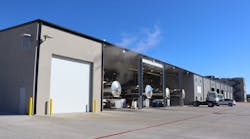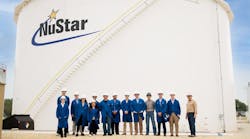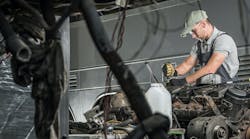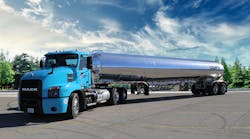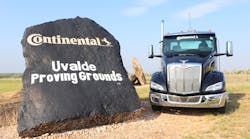It came as no real surprise when the National Transportation Safety Board (NTSB) denied National Tank Truck Carriers’ December 2010 petition for the agency to reconsider the probable cause of the so-called 1997 Yonkers Incident that is now recognized as the poster child of its crusade to ban product in loading lines of cargo tanks.
NTSB continues to maintain that there would have been no fire if the lines had been empty. NTTC’s contention remains centered on the solid engineering research conducted for a similar rule-making proposal back in 2004 clearly proving that any 4,000 pound steel object (car) striking an aluminum cargo tank at 45-mph would impinge the cargo tank and result in release of product.
NTSB simply dismissed the NTTC study. In fact, its denial of the NTTC petition states that there was not enough impact even to shear off the lines, according to NTTC sources. And while the NTSB report further states that the explosion from product from the cargo tank was almost instantaneous, the NTSB stubbornly insists that the release of product from the cargo tank was the result of the tank melting from product released from the product lines.
NTSB offers no engineering support as justification for these two arguable “facts” which are essential to fit its theory, according to NTTC sources. To NTTC’s knowledge, there was no NTSB effort to contact anyone for further information to support or reject or request for review. It would appear that someone simply dusted off the old report and rubber-stamped its findings. Thus, the Board basically ignores two key questions:
1. Will a car travelling at 45-mph (according to witness quoted in report) cause any rips, tears or other structural damage to an aluminum cargo tank that would result in a release of product in that tank?
2. Will a spill of 10 to 40 gallons of gasoline under a loaded cargo tank cause that tank to melt and explode instantaneously if there is no impingement of that tank?
These are two basic engineering questions that the agency refuses to address, yet they form the basis of its recommendations, according to NTTC. Undoubtedly, NTTC will raise these questions again, most likely in court, if the Pipeline and Hazardous Materials Safety Administration (PHMSA) uses this report in any way to justify the banning of gasoline in the loading lines of cargo tanks, according to NTTC sources. PHMSA has announced that it will publish a final rule on HM213D sometime next spring.
At this point, NTTC see three possible actions the agency might take:
1. Withdraw the proposed ban (for the third time) based on cost/benefit analysis;
2. Ban product in loading lines on new cargo tanks after a certain date; or,
3. Ban product in loading lines on new and existing cargo tanks as proposed in its advanced notice of proposed rulemaking.
